This is Why Dogs Eat Things That are Not Food: It's Very Important to Manage this Phenomenon
Published: 2025. 04. 27 - Photos: Getty Images Hungary • 4 minutes reading

Published: 2025. 04. 27 - Photos: Getty Images Hungary • 4 minutes reading

It's not surprising if your dog foams up dropped food from the floor. However, if he starts eating things that are not edible, such as soil, stones, plastic or even used tissues, it could be due to a behavioural disorder, or pica. This habit can be dangerous because it can lead to choking, intestinal blockage, poisoning or even broken teeth.
Here's why your dog eats inedible things, what might be behind the behaviour and how to manage it.
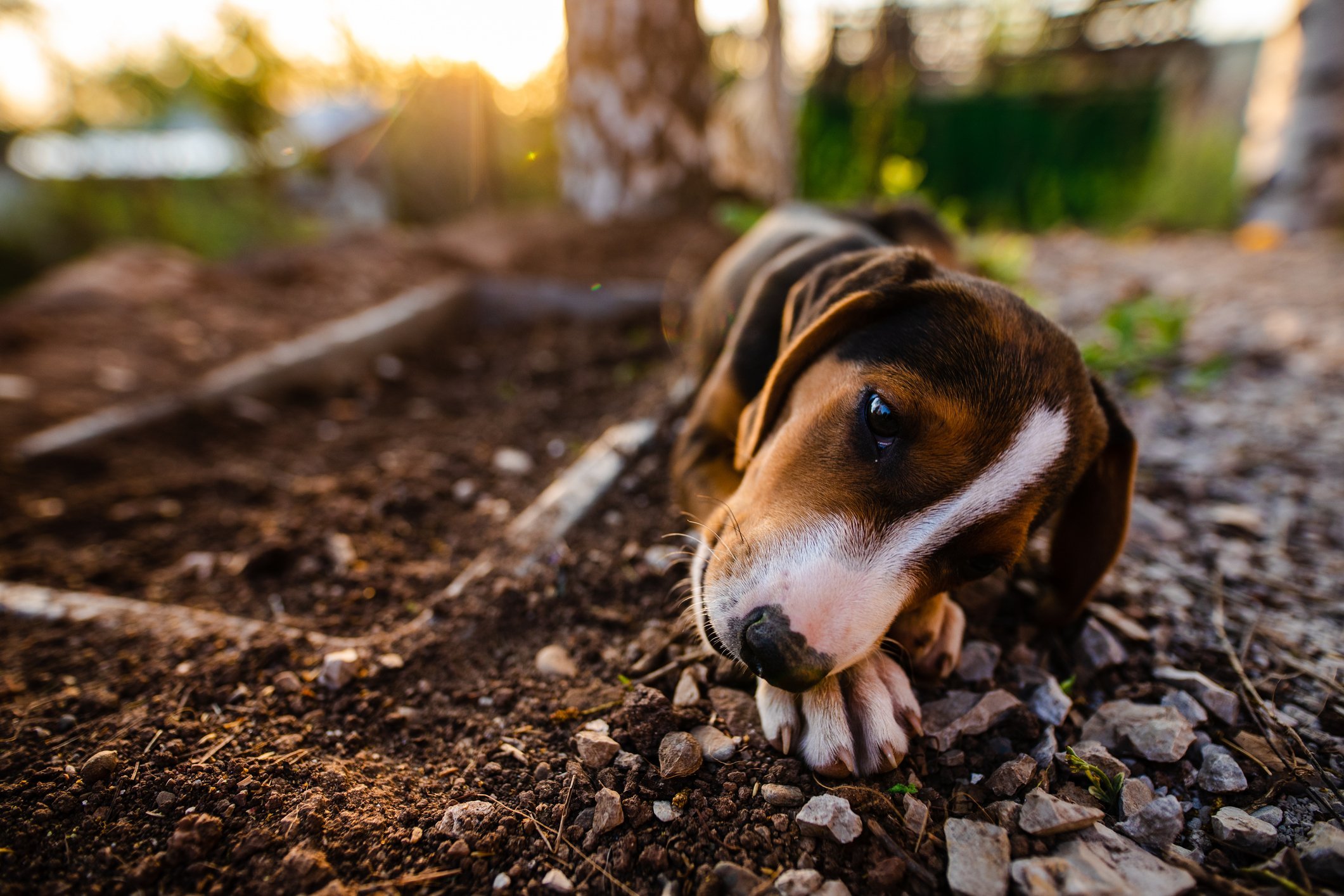 This habit can be dangerous as it can cause a number of health problems
This habit can be dangerous as it can cause a number of health problems
Although chewing sticks, shoes or furniture is typical dog behaviour, most dogs do not eat what they chew. Pica, on the other hand, is a behaviour whereby a four-legged friend consciously and regularly eats things that have no nutritional value and no benefit. Examples include stones, wood, plastic or string. Some dogs will eat socks, used underwear or wet wipes. These materials can be dangerous, so it is important to recognise the signs and treat the condition.
There are many possible causes of pica. Sometimes, due to a nutritional deficiency, the dog eats something (such as soil) that may contain minerals. Or there may be a medical problem, such as anaemia or a parasitic infection. Sometimes pain can also cause pica: for example, one study looked at a Labrador who regularly ate stones until his hip pain was treated - after which the pica disappeared.
But the most common cause is behavioural: boredom, little mental or physical stimulation can cause a dog to start eating strange things. If, on top of that, the dog learns that it is getting attention from the owner, the behaviour is exacerbated. Anxiety and obsessive-compulsive disorder (compulsive behaviour) can also be at the root of it, where the dog acts in a repetitive and excessive way that interferes with normal functioning.
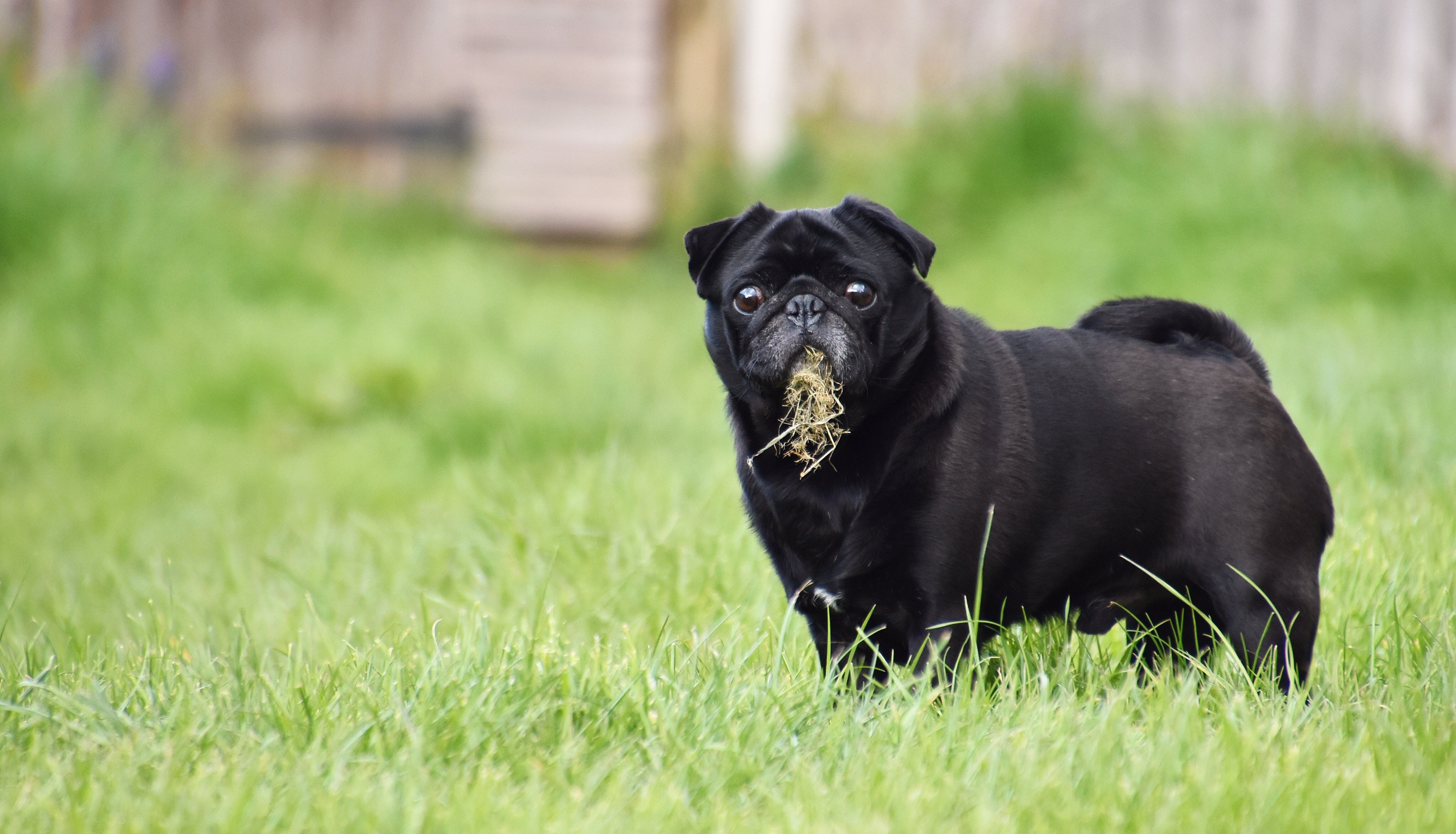 The incidence of pica is not breed-specific
The incidence of pica is not breed-specific
Many people believe that hunting and retriever breeds may be more prone to biting, as they instinctively like to carry things in their mouths. But according to veterinary behaviourist Dr Sagi Denenberg, there's not really a significant difference between the breeds. But puppies may be more prone to it, because they put everything in their mouths to explore the world - and teething increases the need to chew. Finally, dogs that receive little stimulation are more likely to show symptoms of the condition.
If you notice any odd behaviour in your pet, it's very important to rule out any medical reasons and take your four-legged friend to the vet for a check-up.
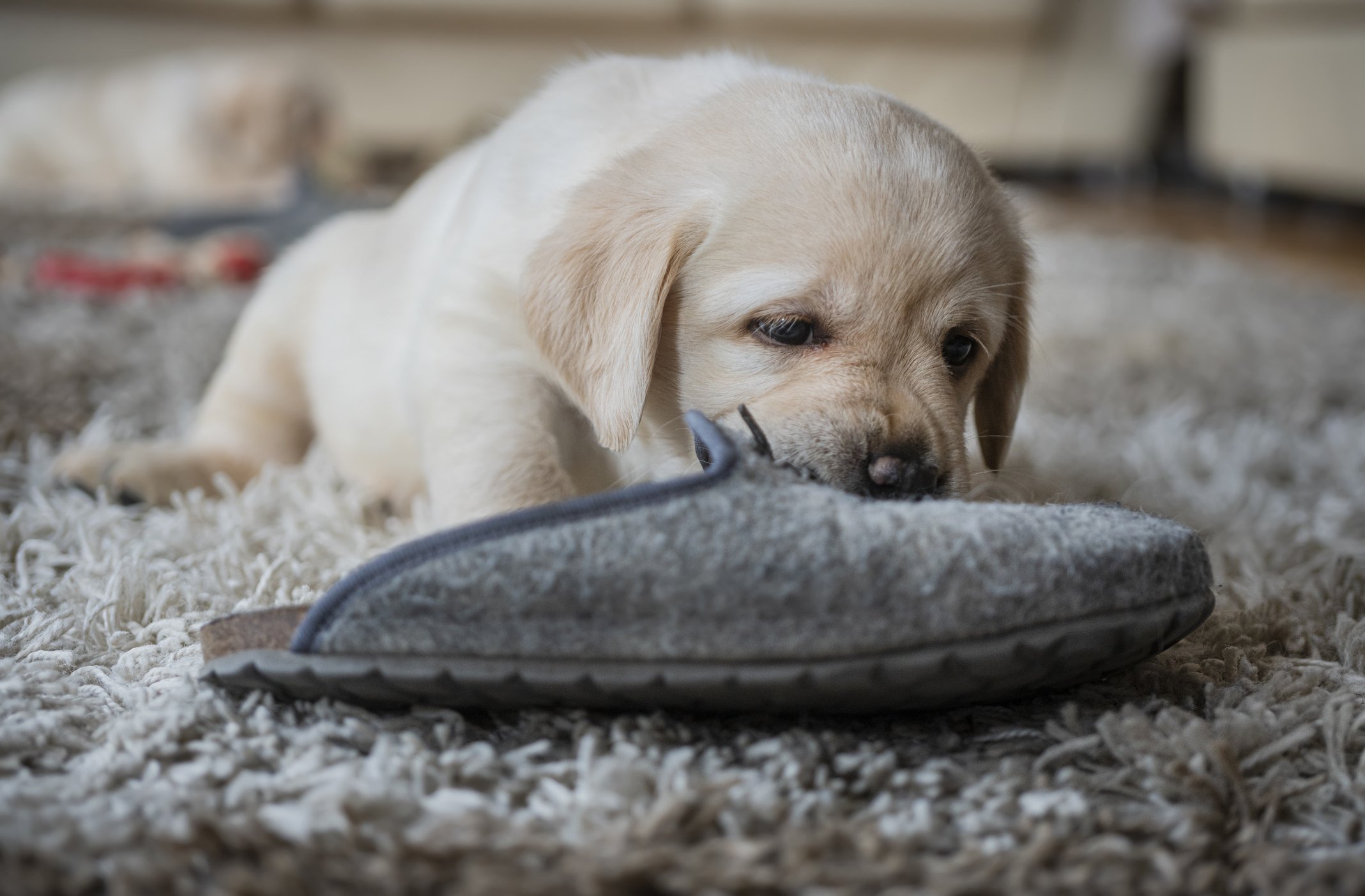 The behaviour disorder can be caused by boredom or anxiety
The behaviour disorder can be caused by boredom or anxiety
Treatment depends on what has triggered it. If it has a medical cause, it should be treated and the pica should go away on its own. If it is caused by anxiety or compulsive behaviour, medication may be necessary.
Behavioural treatment is also key. This involves making sure the dog does not have access to inedible objects and is given enough physical and mental stimulation. It is important to teach him alternative behaviours that he can use when he is tempted. Dr Denenberg recommends that the dog should be on a lead or under supervision while walking, and in severe cases a muzzle with a basket can be used. This is safer than a nylon muzzle because the dog can pant and drink in it. If you do use one, get him used to it gradually.
It is also important to make sure that all his needs are met: enough exercise, play, attention and rest. At feeding time, it is a good idea to use a toy feeder or to give him smaller portions several times, especially if he is alone.
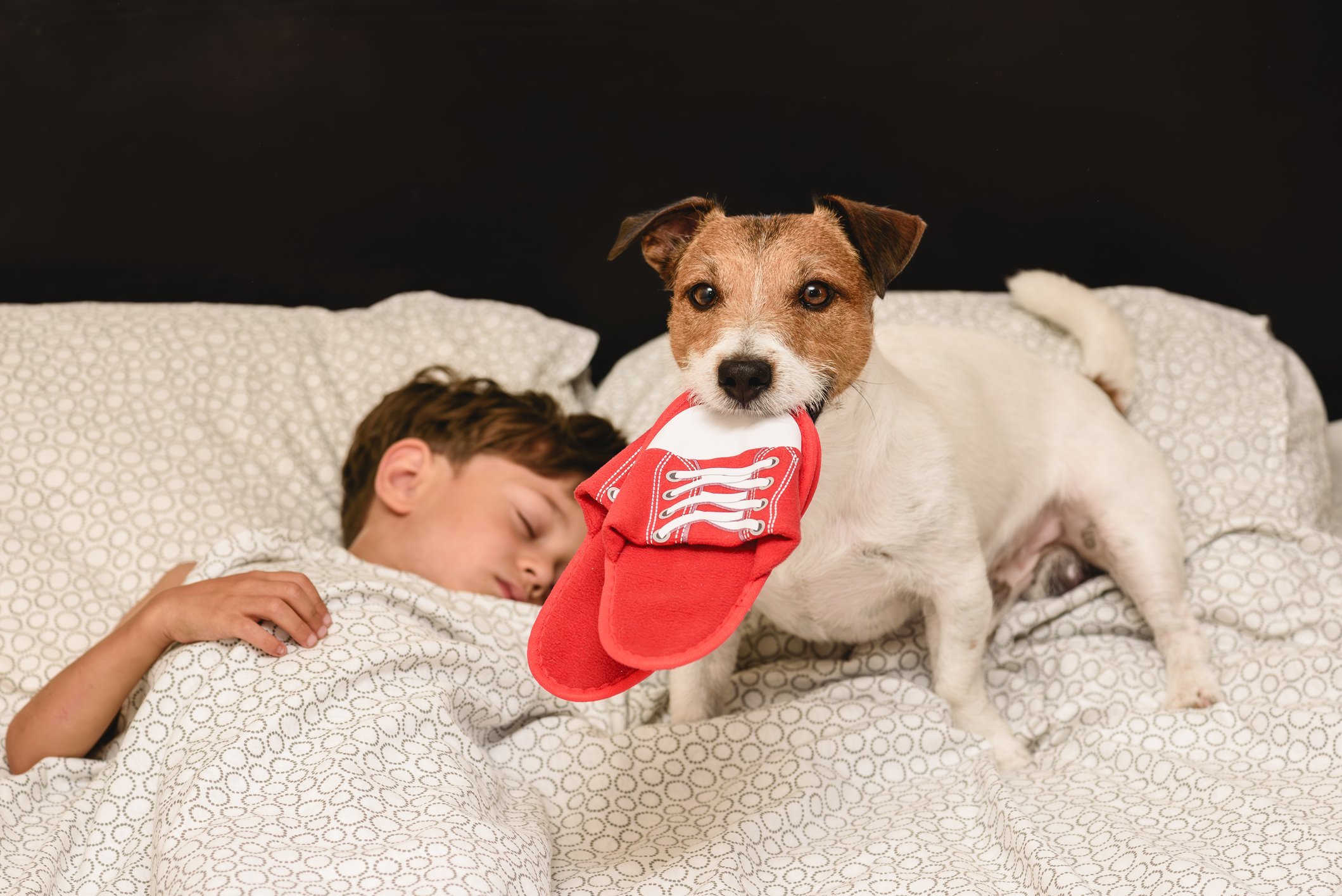 Consistency and patience can help correct your little friend's misbehaviour
Consistency and patience can help correct your little friend's misbehaviour
This is an effective technique where the dog is taught an alternative behaviour instead of pica. For example, when he tries to eat something, we use the command “look at me”. If he looks at us, he gets a reward treat. Over time he learns that it is better to look at us than to eat that particular thing.
Later, we can modify the behaviour; for example, we can reward him only if he looks at us for a longer time. Eventually we can move to rewarding him only every second or third time.
The above management options will help reduce the chances of your dog eating things that are not edible. But don't be afraid to see a professional - a dog trainer or behaviour therapist - if you get stuck! Tackling pica takes time and patience, and even lifelong attention, but your dog can live a safer and healthier life as a result.
Follow us!
facebook instagram youtube spotifyRelated articles
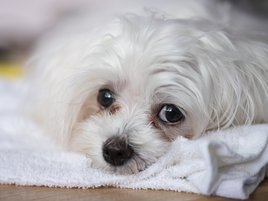
Dogs Can Rust: An Important Signal For Owners
Health • 4 minutes
How to keep your dog safe outdoors during the cold winter
Care • 5 minutes
Is your dog's paw slipping too often on the floor? Here's what you can do to help
Care • 3 minutes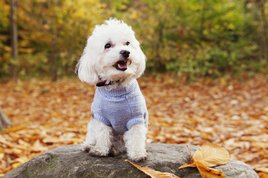
As the temperature drops, your dog's skin becomes more sensitive: how to care for it properly
Care • 3 minutes